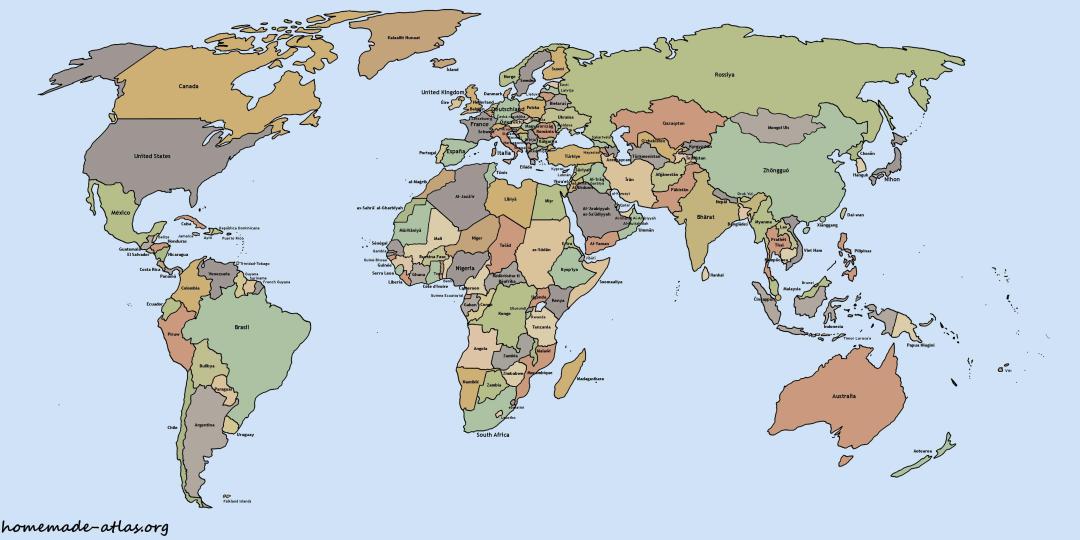Following the suggestion by DA Shadow Minister of Tourism, James Vos, last week, that the number of country offices and the high costs to run them are not warranted, SA Tourism has clarified how its operating model for international markets works.
The organisation also pointed out that the figures referred to by Vos is the total in-country budget, which covers all marketing activities as well as overheads, with the majority of spend deployed in country for marketing and trade activities.
[AdZone]
According to SA Tourism, it determines its international leisure tourism market portfolio using a well-researched market selection tool. The factors considered include gross domestic product purchasing price parity growth (GDP PPP); the size of the outbound market (volume and value); the cost of investing in each market’ and the return on investment. The organisation says during this process stakeholder participation is ensured so that all factors are relevant and all issues covered. The market portfolio is divided into five categories: core, investment, tactical and watch-list markets, as well as markets of strategic importance.
[AdZoneGiant]
“In order to ensure the right footprint and presence in markets that have volume and value, SA Tourism has adopted the most effective operating model in our markets. Our approach includes setting up physical country offices in core markets, the hub approach, operating virtual offices, and general marketing agencies (GMAs). This is in line with the ministerial review outcome,” says Margie Whitehouse, Chief Marketing Officer at SA Tourism.
Whitehouse points out that SA Tourism has offices around the world and says the marketing budget is allocated based on market size and growth potential. She emphasises that because SA Tourism does not have the budget to operate everywhere, the focus is on markets where it can make the most impact. “It is widely acknowledged that the depreciating rand has put increasing pressure on foreign currency budgets, and thus we continue to explore operating models that allow maximum spend in-market, on both the traveller and the trade,” she says.
“The recent announcement of the creation of a South Europe Hub servicing France and Italy shows SA Tourism’s commitment to optimising our investment strategies per market. SA Tourism closure of the physical office in Milan will enable us to maximise marketing investments across the entire territory,” adds Whitehouse.
“Setting up virtual offices is also another way we service markets so as to maintain a marketing presence. Local Trade Relations Managers are appointed to service these markets effectively, having an understanding of the local trade which is an essential component to market effectively. We also appoint general marketing agencies or representatives to service markets with high set up cost and lengthy registration processes, as is the case in Brazil.”
Whitehouse adds that market presence is also achieved through the “watchlist” approach. “Markets grouped in the watchlist are important, and we nurture these markets through our stakeholders, in particular our Missions in market, as well as the trade, both locally and in country,” she says, adding that this approach is used in the Nordic region.
“As we move into our research process for the updated investment strategy for 2017 to 2020 (Internally known as the 6th Portfolio), we will encourage all our stakeholders, and most notably the industry, to provide their insights into the process. This will not only ensure that we receive the best possible insights, but that all understand and support where and why the focus areas of SA Tourism are chosen,” says Whitehouse.
SA Tourism highlights tourism’s significant contribution to economic growth and job creation. The tourism sector now indirectly contributes more than 9% of the gross domestic product and supports over 1.5 million job opportunities. “As South African Tourism, we have a mandate to grow and promote tourism internationally and domestically. SA Tourism’s strategy focuses on increasing the contribution of tourism to the South African economy by growing tourist arrivals to and in South Africa, with the resultant growth in tourism revenue,” the organisation says.























